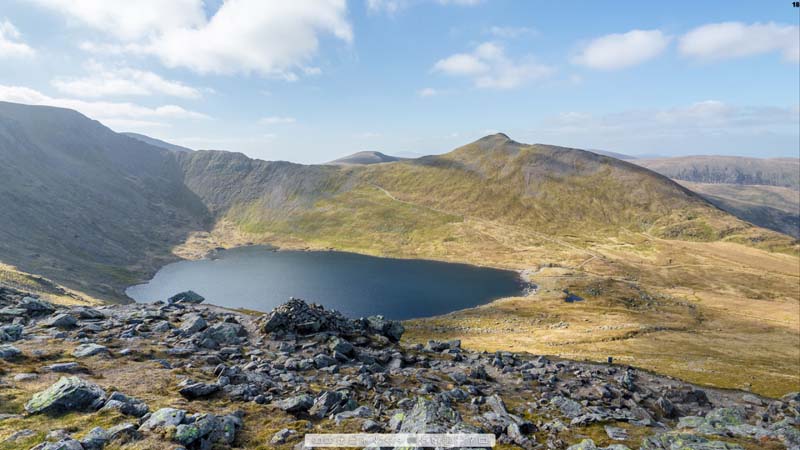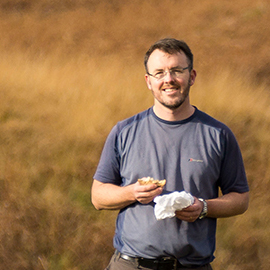New virtual field trip – Deepdale, Lake District
Although new to this site, the Deepdale virtual field trip has been available to University of Worcester students since 2014. It’s a really interesting location,
Why virtual fieldwork?



I developed this resource because the topic of glaciers and glaciation is sometimes perceived by students and teachers as being more difficult to introduce and engage with in the classroom than others associated with more familiar environments, such as rivers and coasts.
Of course, this can be addressed through well-designed fieldwork in areas with glaciers and/or glaciated landscapes. Unfortunately, fieldwork to these environments – if it takes place at all – often occurs at a different time in the year from when students are learning about them in class. In addition, fieldwork can occasionally be blighted by poor weather, illness, accessibility issues etc.
Through its on-demand, simulated fieldwork, this resource provides a solution to these challenges. I believe virtual fieldwork has an important role to play in the classroom and, as such, it can also help to underpin ‘real’ fieldwork – for which there is no substitute!

VR Glaciers and Glaciated Landscapes is based around high quality, 360 degree interactive panoramas (panospheres), which allow users to look all around and zoom in on features of interest. The panoramas are linked, so it is possible to proceed through the landscape, going from one panorama to the next. This provides a sense of scale and orientation, and helps users understand how the landscape changes from one location to the next.
In due course, the panoramas will include sound (for contemporary glacial environments), further contributing to the immersive experience, as well as links to other resources, such as 3D models and video.
The resources can be viewed on any modern device with an internet connection, including phones and tablets, but they are best appreciated on a large monitor or by using virtual reality headsets. There is no requirement for any browser plug-ins or other proprietary software, although the browser must be reasonably up-to-date (HTML 5 compliant). In other words, the resources are easy to use and there is no need for expensive equipment.
Although new to this site, the Deepdale virtual field trip has been available to University of Worcester students since 2014. It’s a really interesting location,
There is an updated virtual field trip for the Moiry Valley. This is one of the most popular sites on VR Glaciers, no doubt because

I'm a Physical Geographer at the University of Worcester (England, UK). Interests include mountain glaciers, mountain geomorphology and Quaternary environmental change. I'm also interested in the use of virtual reality in teaching.
In order to support the ongoing development of this site, it would be really helpful if you could let me know why and how you use the resource. I’d also appreciate hearing any ideas you may have for improvements. Thank you!
© VR Glaciers and Glaciated Landscapes by Derek McDougall is licensed under a Creative Commons Attribution-Non Commercial-No Derivatives 4.0 International License.
2018 – 2024
To provide the best experiences, we use technologies like cookies to store and/or access device information. Consenting to these technologies will allow us to process data such as browsing behaviour or unique IDs on this site. Not consenting or withdrawing consent may adversely affect certain features and functions. This is an entirely non-commercial site. There is no advertising and data are not sold to third parties.